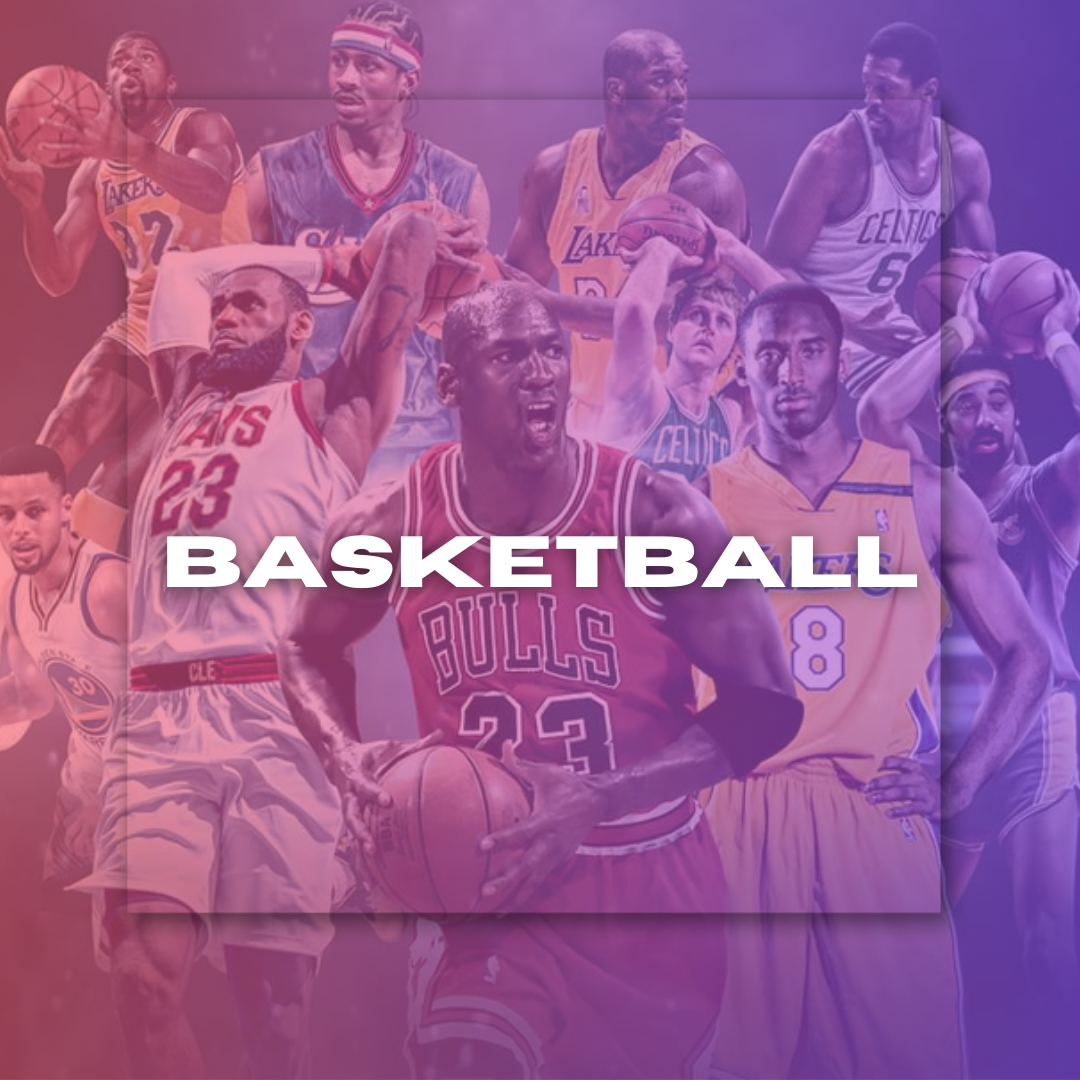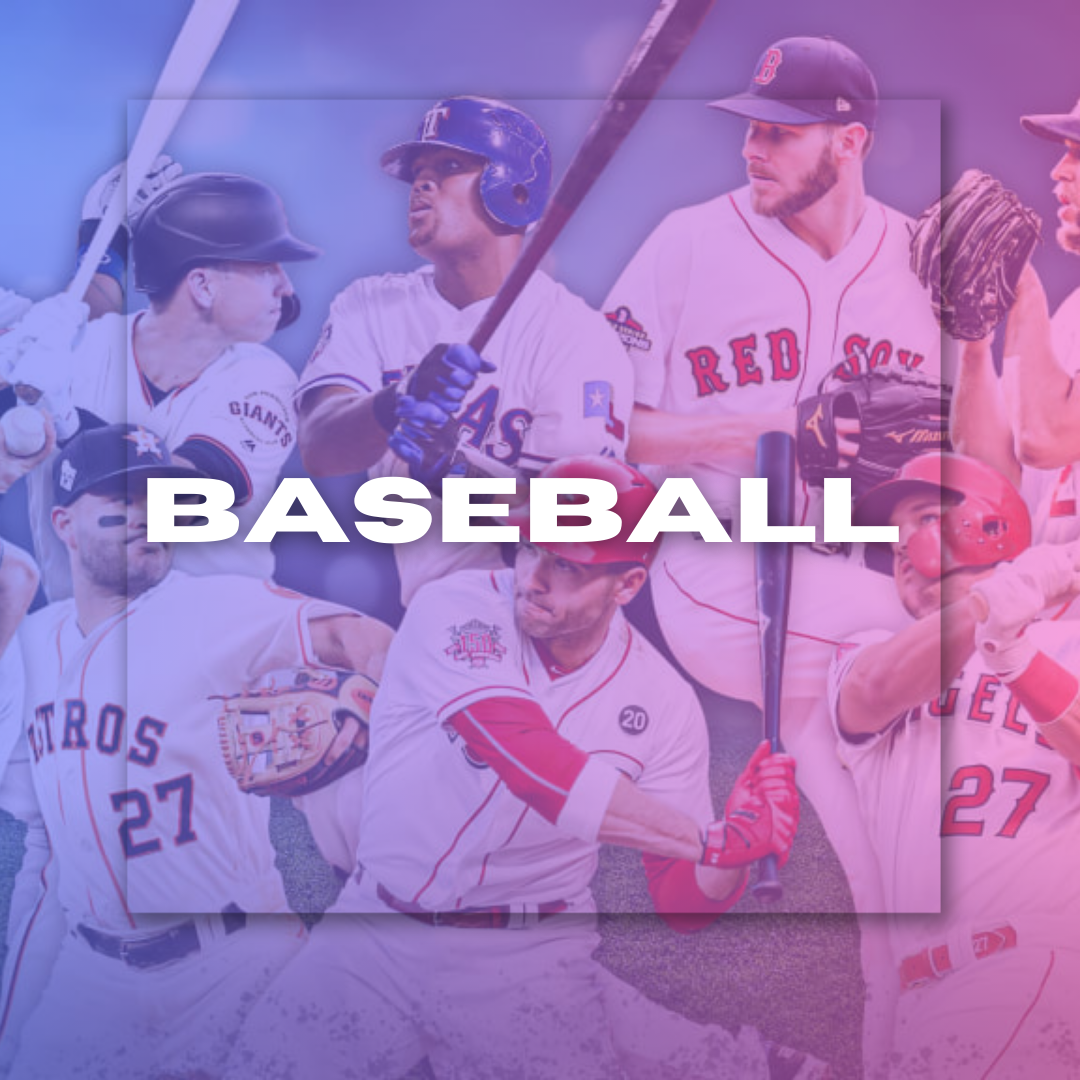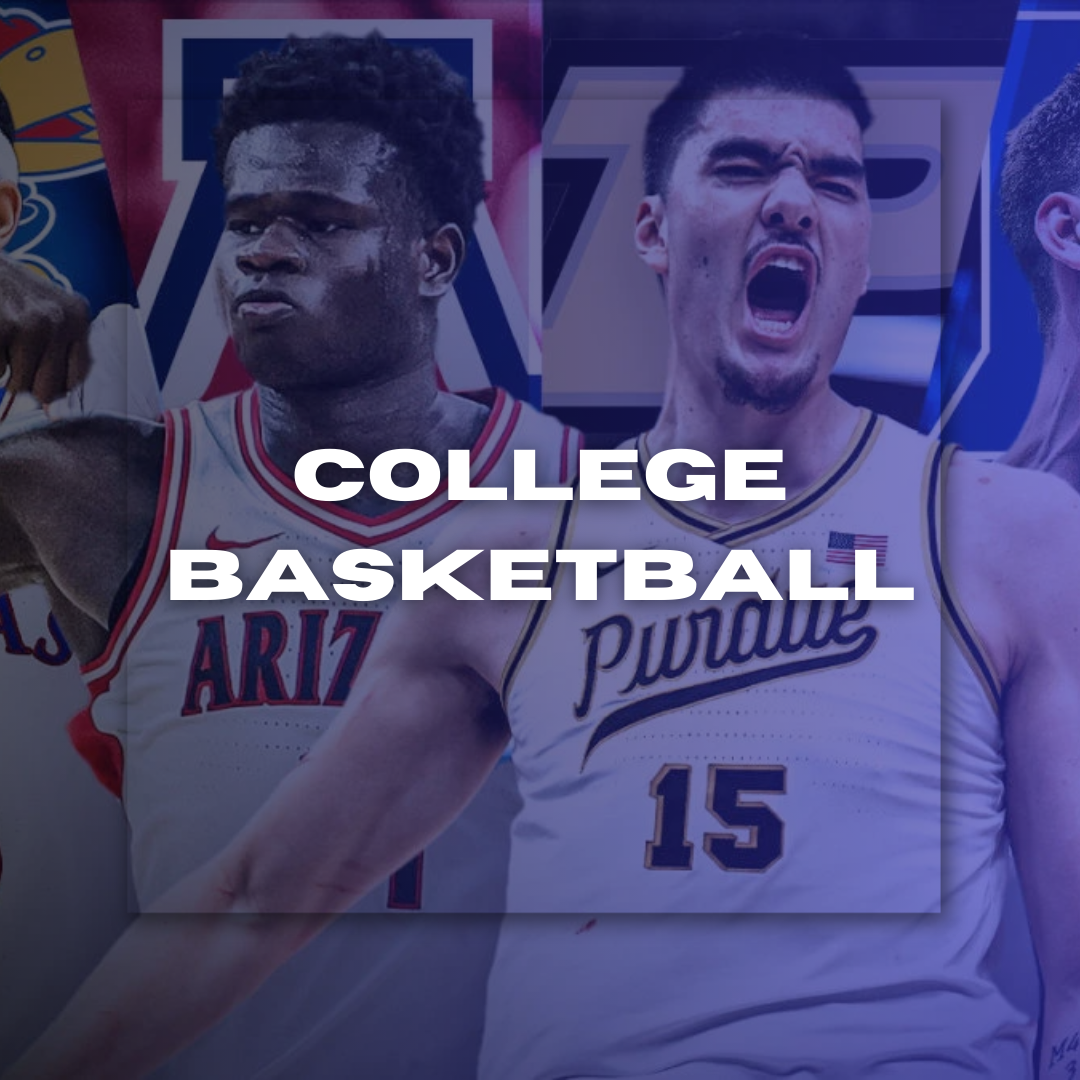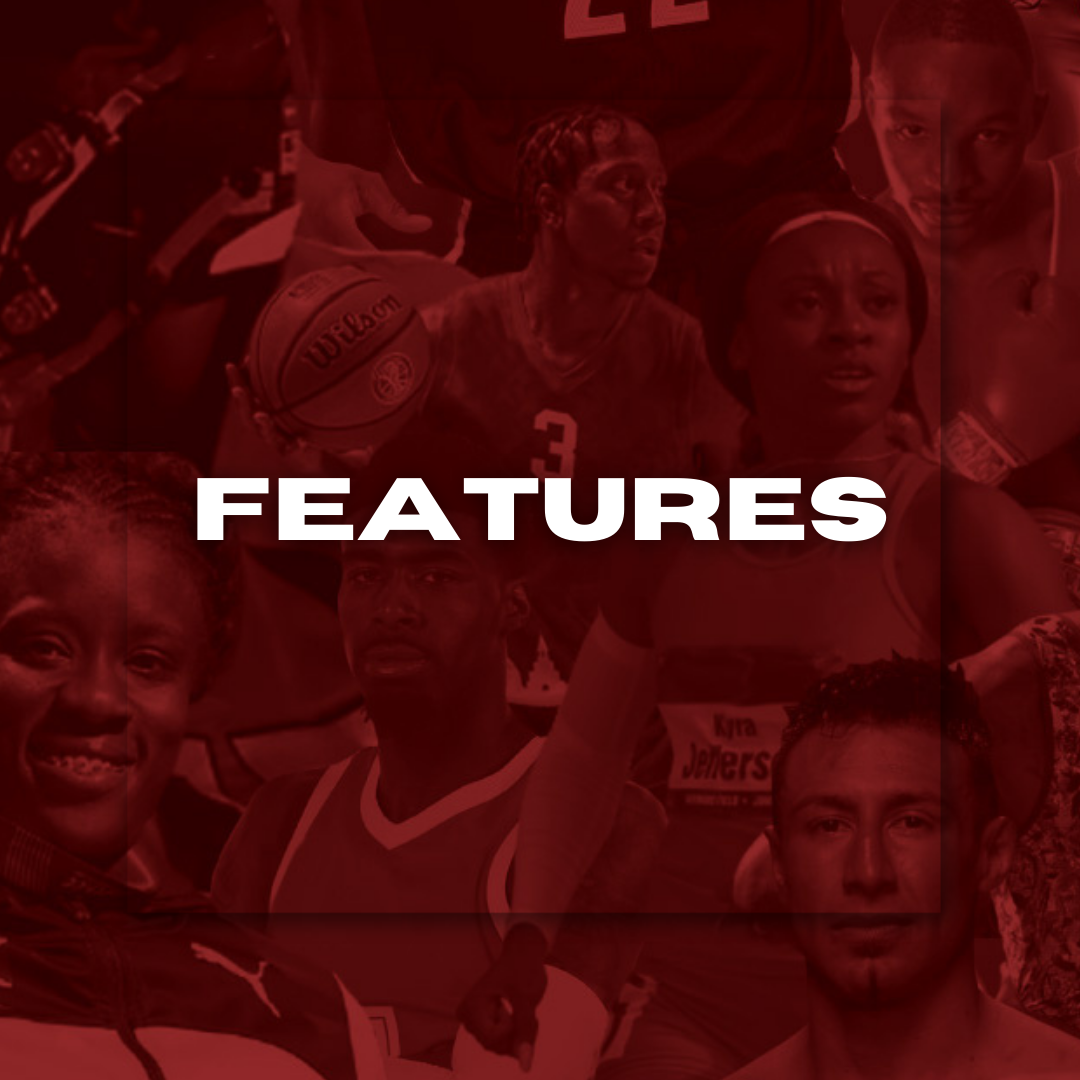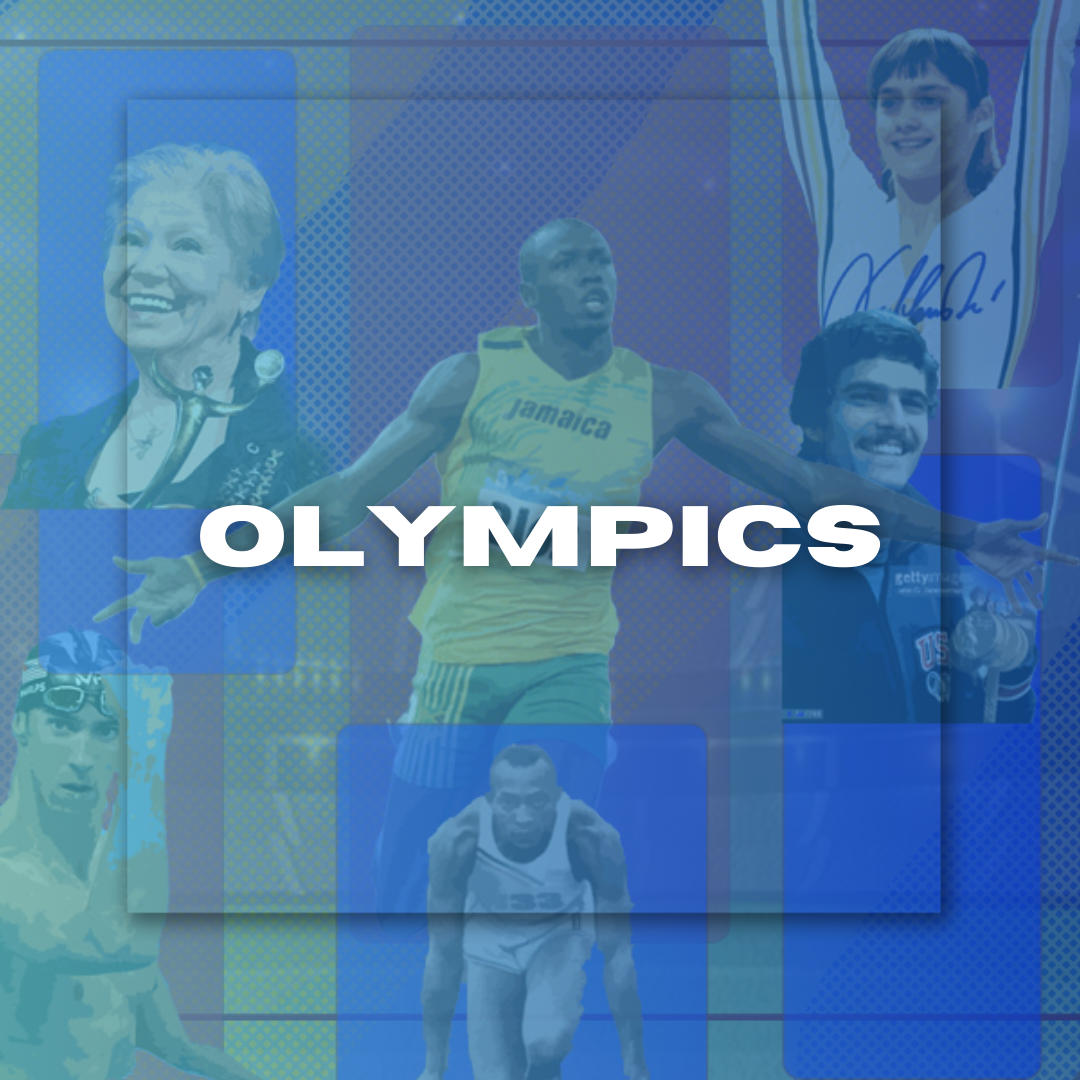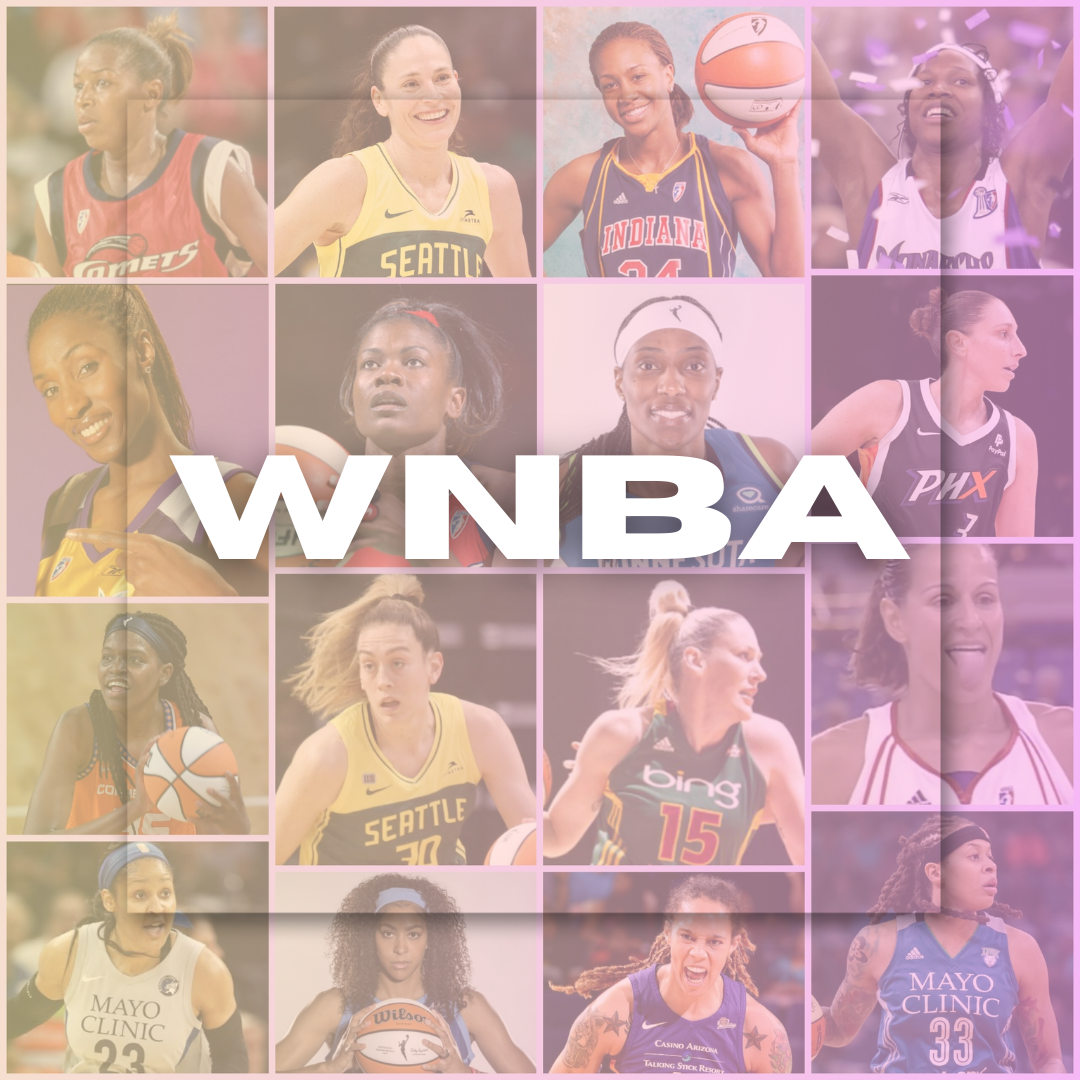Caitlin Clark’s meteoric rise in the WNBA has brought unprecedented attention to the league, but with that spotlight comes significant challenges around player safety and well-being. As one of the league’s brightest stars, Clark has faced alarming security threats, including stalking and harassment, underscoring the urgent need for the WNBA to bolster protections for her and other players. To safeguard Clark’s physical and mental health while preserving the integrity of the sport, the league must implement comprehensive, multi-layered strategies.
Rising Popularity and Heightened Risks
Clark’s electrifying style and record-breaking performances have fueled a surge in WNBA viewership and fandom, but this popularity has also made her a target. In early 2025, a man in Indianapolis was arrested for stalking Clark and sending threatening messages online, a stark reminder of the dangers athletes face off the court. Similar incidents have affected other players, such as Paige Bueckers, who also received protective orders due to stalking and harassment.
This pattern reflects a broader trend: as women’s basketball gains prominence, players are increasingly vulnerable to racist, sexist, and violent abuse both online and in person. The WNBA’s Commissioner Cathy Engelbert acknowledged this reality, stating, “We want to ensure that the WNBA remains a space where everyone players, fans and corporate partners feel safe, valued, and empowered”.
Current League Initiatives and Their Impact
In response, the WNBA has launched a dedicated Player Safety Task Force with a four-pronged approach: enhanced social media monitoring using advanced technology to detect threats; stricter conduct standards in arenas and digital platforms; increased security measures at league and team levels; and expanded mental health resources for players. For example, players now have access to apps that filter hateful social media comments, reducing their exposure to toxic content.
Teams like the Indiana Fever and Las Vegas Aces have also hired dedicated security personnel to accompany players during travel and public appearances, while the league has introduced charter flights to improve player safety and reduce fatigue. These steps mark significant progress but remain insufficient given the scale of the threats.
What More Must Be Done to Protect Caitlin Clark
To truly protect Clark, the WNBA must go beyond current measures with a more robust and proactive security framework:
-
Personalized Security Details: Given Clark’s high profile and documented stalking incidents, she should receive a dedicated security team for all public events, travel, and team activities. This would deter potential threats and provide immediate response capability.
-
Enhanced Venue Security and Fan Management: The league should institute stricter protocols at arenas, including controlled fan access, increased surveillance, and rapid intervention teams to prevent harassment or physical confrontations during games and events.
-
Comprehensive Mental Health Support: The psychological toll of harassment is profound. Clark and other players need ongoing access to specialized mental health clinicians who understand the unique pressures of elite athletes in the public eye.
-
Stronger Legal Partnerships: The WNBA should collaborate with law enforcement and legal experts to expedite protective orders and pursue criminal charges against offenders swiftly, sending a clear message that threats will not be tolerated.
-
Education and Awareness Campaigns: Fans and the broader community must be educated on respecting players’ boundaries and the consequences of abusive behavior. The league can leverage Clark’s platform to promote positive fan engagement.
Caitlin Clark represents the future of women’s basketball, a transcendent talent whose safety is paramount to the WNBA’s continued growth and credibility. While the league has made commendable strides with its Player Safety Task Force and security enhancements, the evolving nature of threats demands a more aggressive, personalized approach. As Commissioner Engelbert said, the goal is to create “a space where everyone feels safe, valued, and empowered” a standard the WNBA must meet to protect its stars and the sport’s integrity in the years ahead.






















































